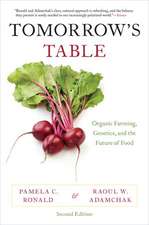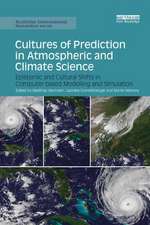Applied Aspects of the Thermal Biology Ecology and Life History of the Blue Tilapia Tilapia Aurea (Pisces
Autor Alexander Zaleen Limba Engleză Hardback – 31 mai 2019
| Toate formatele și edițiile | Preț | Express |
|---|---|---|
| Paperback (1) | 421.95 lei 6-8 săpt. | |
| Dissertation Discovery Company – 31 mai 2019 | 421.95 lei 6-8 săpt. | |
| Hardback (1) | 544.95 lei 6-8 săpt. | |
| Dissertation Discovery Company – 31 mai 2019 | 544.95 lei 6-8 săpt. |
Preț: 544.95 lei
Preț vechi: 592.34 lei
-8% Nou
Puncte Express: 817
Preț estimativ în valută:
104.29€ • 108.48$ • 86.10£
104.29€ • 108.48$ • 86.10£
Carte tipărită la comandă
Livrare economică 15-29 aprilie
Preluare comenzi: 021 569.72.76
Specificații
ISBN-13: 9780530006291
ISBN-10: 0530006294
Pagini: 250
Dimensiuni: 221 x 286 x 18 mm
Greutate: 0.9 kg
Editura: Dissertation Discovery Company
ISBN-10: 0530006294
Pagini: 250
Dimensiuni: 221 x 286 x 18 mm
Greutate: 0.9 kg
Editura: Dissertation Discovery Company





















